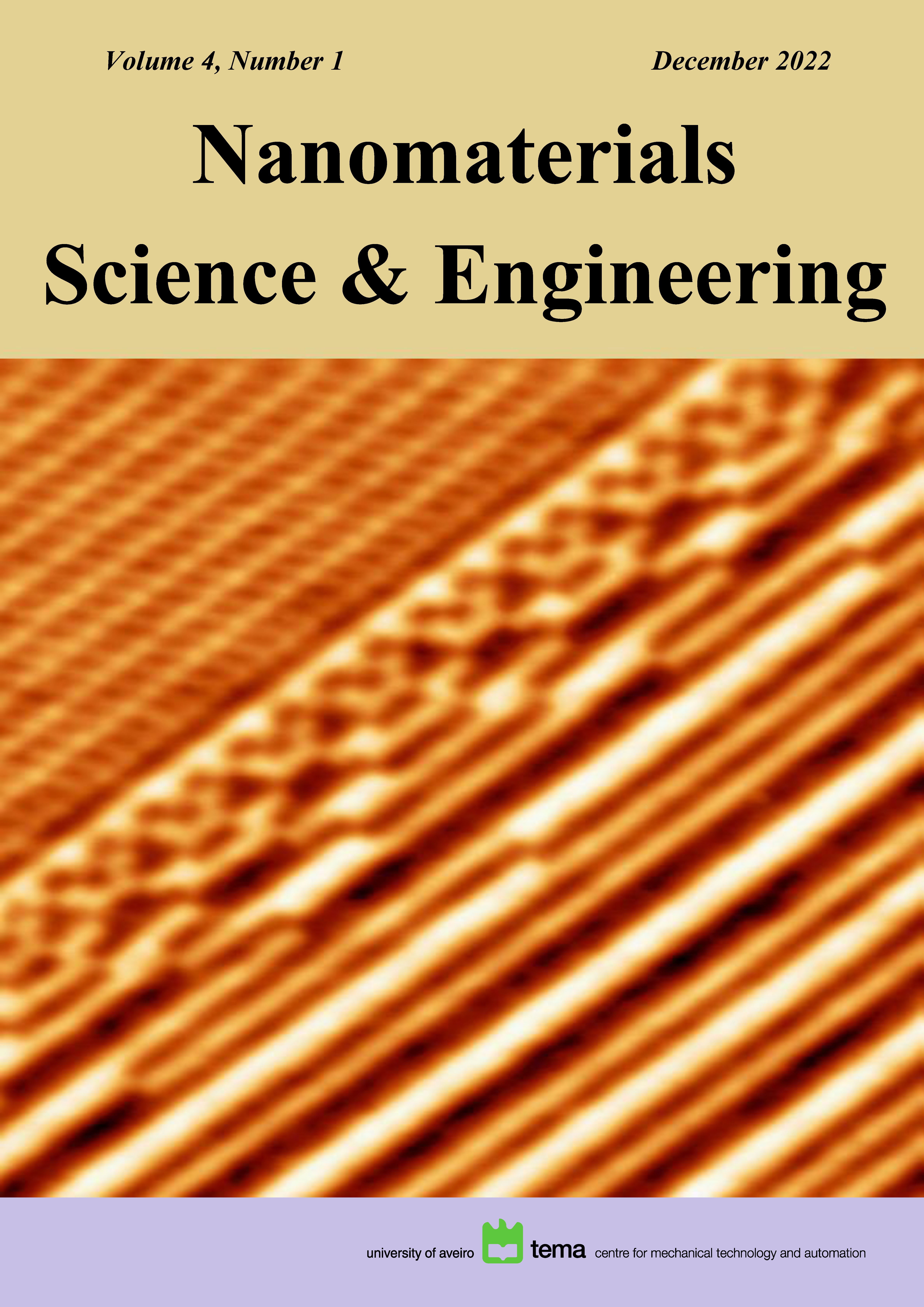Tunnel magnetoresistance of granular superparamagnetic and ferrimagnetic structures
Abstract
Applicable magnetic sensors based on nanogranular ferromagnetic materials were developed already more than 25 years ago. Since the then, nanotechnology has advanced significantly. New methods for manufacturing agglomerated core-shell structures have emerged. This opens up new possibilities of sensor fabrication and an opportunity for reassessment of the electric and magnetic properties of ideal granular structures. This work represents a comprehensive study of the intergranular resistivity, tunnel magnetoresistance and magnetic field sensibility of superparamagnetic and ferro(ferri)magnetic granular materials. Starting with the tunnel resistance of a granular metal network in which the grains are interconnected by insulating barriers, the tunnel magnetoresistance is calculated under consideration of the temperatures dependencies of magnetization, spin polarization and the magnetic flux dependencies of magnetization and tunnelling barrier height. Granular, superparamagnetic materials show a higher magnetic field sensitivity than ferromagnetic ones. They show a lower temperature coefficient of the tunnel magnetoresistance. Owing to their small magnetic response a higher temperature, superparamagnetic ferrimagnetic oxides are not suitable for application at room temperature. Ferromagnetic nanoparticles possess a high field sensitivity only in a small region of 0.1 to 0.5 T.
Copyright (c) 2022 Nanomaterials Science & Engineering

This work is licensed under a Creative Commons Attribution-NonCommercial 4.0 International License.
Copyright Information
Authors who publish in the Nanomaterials Science & Engineering agree to the following terms:
- Authors retain copyright and grant the journal right of first publication with the work simultaneously licensed under a Creative Commons Attribution License that allows others to share the work with an acknowledgement of the work's authorship and initial publication in this journal.
- Authors are able to enter into separate, additional contractual arrangements for the non-exclusive distribution of the journal's published version of the work (e.g., post it to an institutional repository or publish it in a book), with an acknowledgement of its initial publication in this journal.
- Authors are permitted and encouraged to post their work online (e.g., in institutional repositories or on their website) after publication, as it can lead to productive exchanges, as well as earlier and greater citation of published work.
Copyrights to illustrations published in the journal remain with their current copyright holders.
It is the author's responsibility to obtain permission to quote from copyright sources.
Any fees required to obtain illustrations or to secure copyright permissions are the responsibility of authors.





